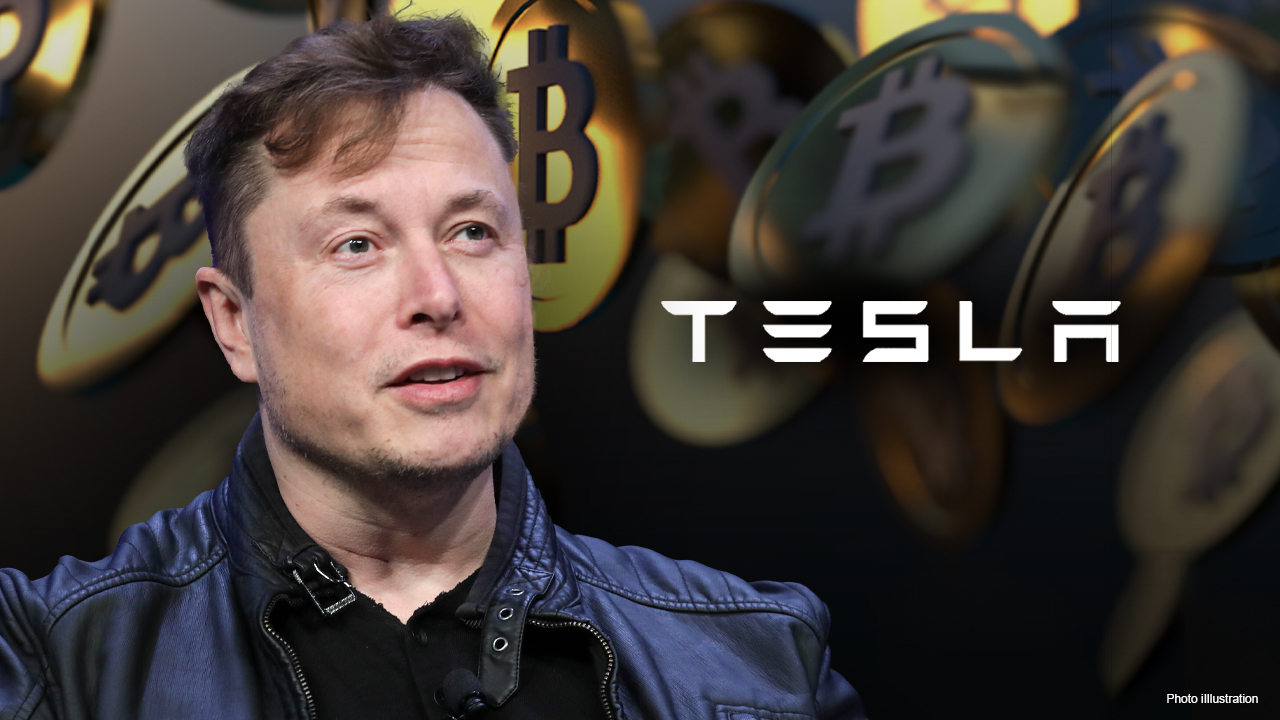Elon Musk has long been a symbol of futuristic ambition. From building electric cars with Tesla to launching reusable rockets with SpaceX, Musk has repeatedly pushed the boundaries of science, technology, and industry. But his public enthusiasm for Dogecoin (DOGE), a meme-inspired cryptocurrency, has often confused observers. While Tesla and SpaceX have achieved real-world breakthroughs, DOGE has remained mostly a speculative, internet-driven phenomenon. The question then arises: Why did Tesla and SpaceX boldly go where DOGE did not?
Real Innovation vs. Internet Culture
Tesla and SpaceX are grounded in real technological innovation. Tesla has transformed the electric vehicle (EV) market, forcing traditional automakers to invest heavily in EV technology. SpaceX has not only lowered the cost of space travel through its reusable Falcon rockets but is also planning manned missions to Mars. These companies are reshaping industries, creating jobs, and affecting global markets.
DOGE, on the other hand, started as a joke. It was created in 2013 as a satirical take on the sudden rise of cryptocurrencies. Despite Musk’s high-profile tweets and public endorsements, Dogecoin lacks a technical roadmap or core development team with the vision of transforming finance or technology. It thrives on community enthusiasm and meme culture, not scientific progress or industrial disruption.
Tangible Goals vs. Fleeting Hype
Tesla has clear, measurable goals: reducing carbon emissions, increasing battery efficiency, and expanding renewable energy infrastructure. SpaceX has an equally focused mission: making humanity multi-planetary. These are not just buzzwords—they are backed by engineering, research, and enormous investments.
Dogecoin’s goals have never been so clear. While Musk has flirted with the idea of using DOGE as a future payment method or even funding a space mission with it, none of these plans have evolved into sustainable, large-scale endeavors. DOGE remains mostly a speculative asset, highly influenced by market sentiment and social media trends.
Investment and Risk Appetite
Tesla and SpaceX are ventures that have required billions of dollars in funding. Investors, governments, and private institutions have bet on these companies because they believe in their long-term viability and their potential to generate returns—not through hype, but through performance. Tesla’s Gigafactories and SpaceX’s Starlink network are examples of bold, capital-intensive bets that are paying off in tangible ways.
DOGE, by contrast, attracts a different type of investor: short-term traders, meme enthusiasts, and retail speculators. The risks involved in DOGE are mostly speculative and not tied to real-world outcomes. There’s no product being built, no infrastructure being laid out, and no service being delivered.
Leadership and Accountability
Elon Musk may be known for his eccentricity, but when it comes to Tesla and SpaceX, he plays a deeply involved leadership role. He works with engineers, oversees product development, and frequently responds to customer feedback. There is accountability in these roles—Tesla shareholders and NASA both expect results.
With Dogecoin, Musk is more of a symbolic leader than a real one. He has no official role in its development or governance. His involvement is mostly through social media. While his tweets have often driven DOGE’s price, they have not resulted in any lasting impact on its structure or utility.
Regulatory and Institutional Acceptance
Tesla and SpaceX operate under strict regulatory frameworks. Tesla complies with automotive and environmental regulations across multiple countries. SpaceX works under the scrutiny of agencies like NASA and the FAA. This oversight adds legitimacy and ensures the companies’ actions align with public safety and policy.
Dogecoin, like most decentralized cryptocurrencies, lacks this level of oversight. It is not widely accepted by financial institutions or governments. Its volatility and lack of control make it unattractive for serious institutional adoption. While Musk has tried to legitimize DOGE through some ventures, it hasn’t earned the trust or infrastructure needed to be taken seriously in broader economic systems.
Long-Term Vision vs. Pop Culture Moment
Perhaps the most defining contrast lies in vision. Musk’s true legacy will be determined by whether Tesla leads the world into a sustainable energy future and whether SpaceX puts humans on Mars. These goals are hard, long, and risky—but they are also meaningful.
Dogecoin, while fun and culturally relevant, is not aimed at solving real-world problems. Its purpose is more about entertainment and speculation than transformation. Even the much-hyped idea of sending a DOGE-funded satellite to the moon is more symbolic than strategic.
Conclusion
Elon Musk’s fascination with Dogecoin has provided entertainment and spurred debates about the future of cryptocurrency. But at its core, DOGE remains a meme with limited utility, while Tesla and SpaceX are instruments of real-world change. Musk may enjoy the chaos and spontaneity of DOGE, but when it comes to his true ambitions, it’s clear that he places his trust in companies that build, innovate, and deliver.
The difference is clear: Dogecoin may have reached the moon in memes, but Tesla and SpaceX are aiming for Mars—with engineering, vision, and results to back it up. While DOGE stalled in internet forums, Musk’s industrial ventures soared on rockets and wheels, redefining what’s possible. That’s why Tesla and SpaceX boldly went where DOGE did not.



